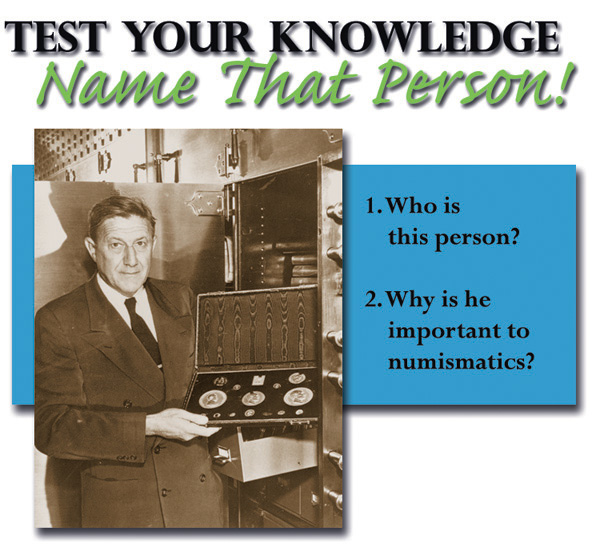
The holdings are comprised of different varieties and highlighted by the $1000 Series of the 1891 Silver Certificate graded Very Fine 25 by PMG depicting William L. Marcy, a senator, governor and Cabinet member famous in American history. Only two exist of this type, the other being a treasure in the National Numismatic Collection in the Smithsonian Institution. Unique in private hands, it was purchased from a collector who wishes to remain anonymous and sold to an anonymous buyer for a world record price of $2,600,000. It is illustrated on the cover of the book, “American History as Seen Through Currency,” by authors Dr. Edward A. Dauer and Joanne C. Dauer.
The five notes privately sold also include other highlights as Series of 1878 $50 and $100 triple signature notes, and Series of 1880 $500 and $1000 notes, each a seldom-seen rarity. By definition, the other Silver Certificates are included as well, such as the $1, $2, and $5 “Educational Notes,” considered to be America’s most ornate and beautiful currency designs.
The issuance of large-size Silver Certificates commenced with the Series of 1878 and ended with the Series of 1923. The Bland-Allison Act of February 28, 1878, that created what we know today as Morgan silver dollars, was also the genesis for Silver Certificates. A curious twist in the legislation provided that Silver Certificates were not legal tender but could be exchanged for silver dollars that were.
Soon after, Silver Certificates of Deposit (as noted on the face) were made, but in relatively small numbers, in denominations from $10 to $1000. Boldly emblazoned on the back of each was the word “SILVER” in letters so large that it could be read from across the room, with “CERTIFICATE” below it. This was a strong signal to the silver-mining interests of the West that, indeed, their senators and congressmen were acting in the interests of this important industry. At the time, Free Silver and the Silver Question were the overwhelming political issues.
Unlike most (but not all) later Silver Certificates, the Series of 1878 bills were payable at specific Sub-Treasury facilities in New York and San Francisco, as well as at the Treasury in Washington, DC. Each note bore the printed Treasury signatures of Scofield and Gilfillan, plus a countersignature. A small number of the latter were autographed, rather than printed, and are especially desirable today. The Series of 1878 and 1880 Silver Certificate of Deposit notes were mainly used in large transactions involving silver bullion and not for general circulation. Those in the Stack’s Bowers Galleries transaction are necessarily all great rarities. Certain other varieties known to have been printed have achieved the ultimate degree of rarity: none are known to exist today.
Notes of high denominations were made as well, but were not widely used. Included among these is the $1000 Series of 1891 note showcased in the present transaction.
Catalogs for the Stack’s Bowers Galleries Official Auction of the ANA World’s Fair of Money, featuring over 80 Silver Certificates from the collection set to cross the auction block in August, will be available in July in print and online. Interested parties can request a catalog or to be added to the informational mailing list by contacting Stack’s Bowers Galleries at 800.458.4646 or info@stacksbowers.com.





